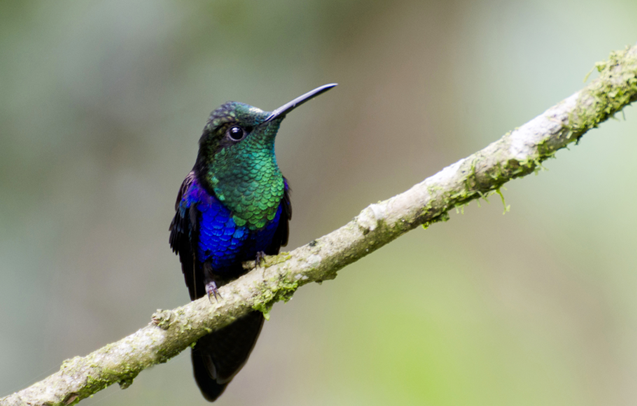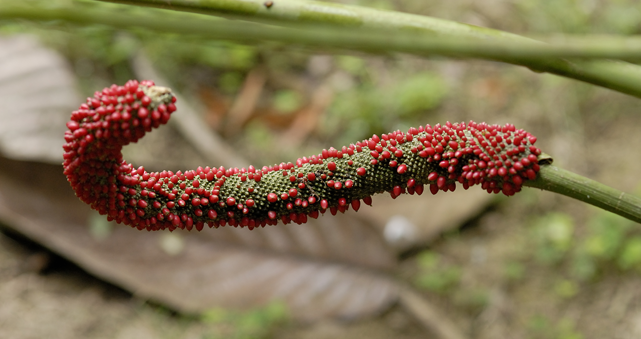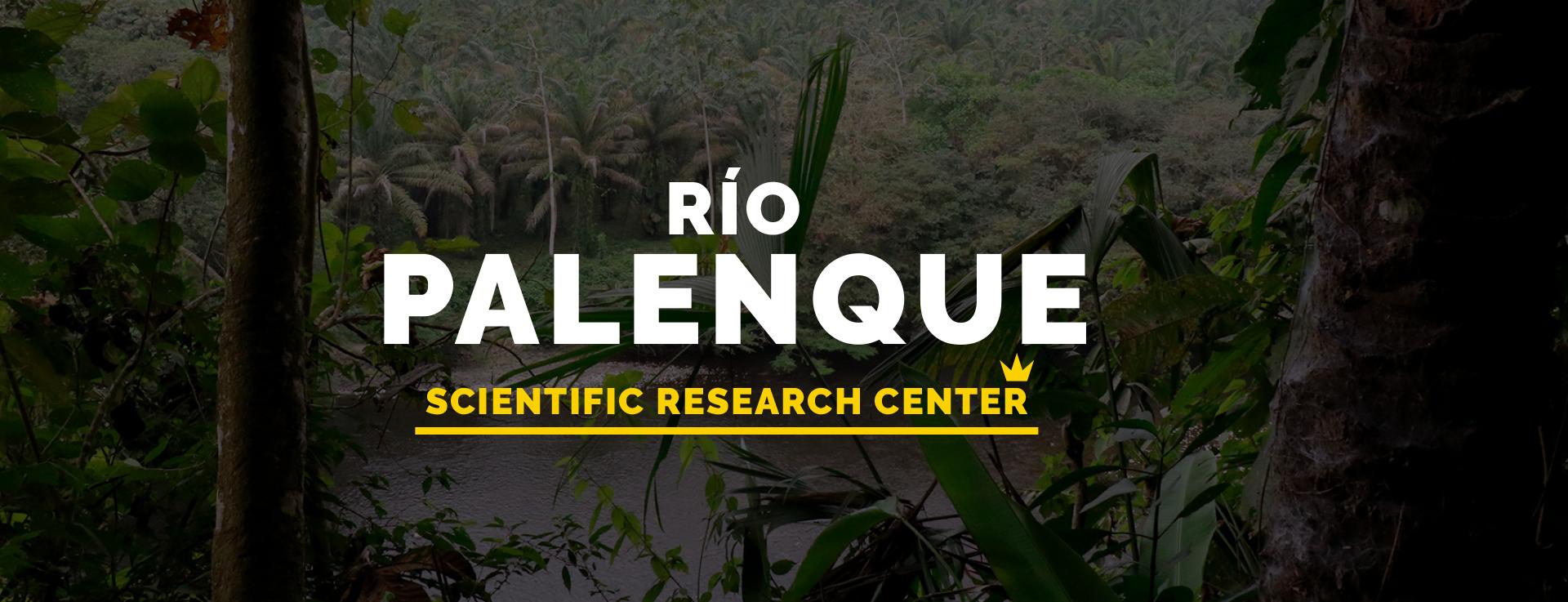The Wong Foundation has undertaken the care of its own protected area called the Rio Palenque Scientific Research Centre, established in 1970 by the University of Miami and purchased by the Foundation in 1998. Located along the Quevedo-Santo Domingo Highway, the Río Palenque reserve is the only remaining primary rainforest in the Upper Guayas Basin and the most studied site on the Ecuadorian coast.

Fauna
The Wong Foundation’s goal is to promote ecological awareness and responsibility through protection of Ecuador's tropical rainforest biodiversity. The protected area preserves more than 356 species of birds, 350 butterfly species, 36 snake species, and 44 bee species, in addition to a great variety of frogs, iguanas, bats, rodents, and insects.

Flora
Declared a protected rainforest by the Government of Ecuador in 1971, the Rio Palenque Scientific Research Centre is a 115-hectare reserve that is home to 1,216 species of plants.
2004
A new species of electric fish of the genus Gymnotus was discovered by Researchers from the University of Florida.
2005
Scientists from the University of Miami, registered 3 endemic species of the Piperáceas family.
2006
Scientists from UCLA discovered a new endemic species of Anolis.
2009
Lizzard-iguana of the genus Polychrus was observed for the first time at Rio Palenque.
A new species of climbing vine of the Solanaceae family was discovered.
2013
A study of behavioral biology with lizards of the genus Anolis; Andrea Narvaez, Catholic University of Ecuador.
2015
Observation of colonies of social spiders. University of British Columbia. Mark Robertson, Tiffany Lutz and Katrina Kaur.
2017
Study of the dispersion of seeds and pollen: 1). Movement of genes; 2) Local and regional genetic variation; 3) Adaptation to local environments Memorandum of Understanding for Scientific Cooperations CCRP-Fundación Wong. Dr. Jordan Karubian, Zoe Diaz-Martin, New Orleans, USA.
